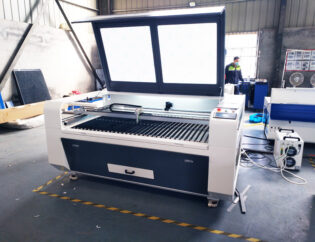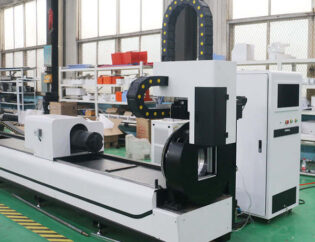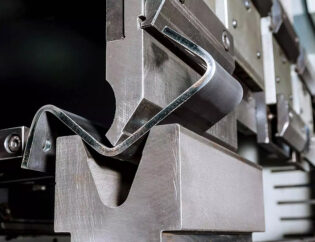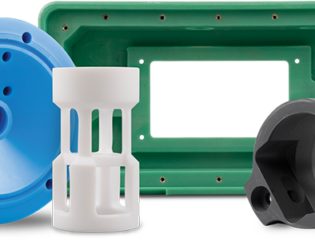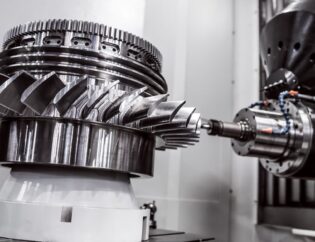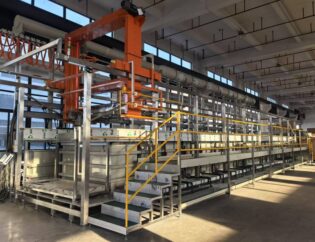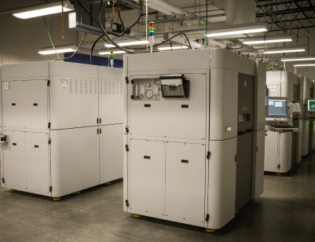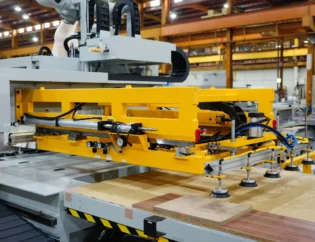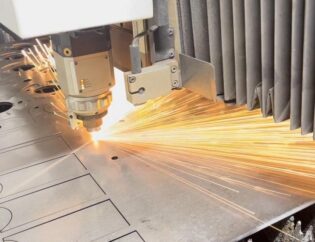Plastic injection molding is a pivotal manufacturing process that shapes a wide array of products used in everyday life. From automotive components to consumer electronics, understanding this technique is essential for engineers, designers, and manufacturers alike. This guide delves into the intricacies of plastic injection molding, offering insights into its mechanics, materials, and applications.
Readers can expect to learn about the various stages of the injection molding process, including design considerations and tooling requirements. We will explore the types of plastics commonly used, their properties, and how they influence the final product. Additionally, the guide will cover best practices for optimizing production efficiency and ensuring quality control.
By the end of this guide, readers will have a comprehensive understanding of plastic injection molding parts, empowering them to make informed decisions in their projects. Whether you are a novice or an experienced professional, this resource will enhance your knowledge and skills in this essential manufacturing domain.
Injection Mold Components: A Comprehensive Guide
Ever wondered what goes into creating the perfect plastic part? The answer lies in the intricate world of injection mold components. These essential elements work together to shape and form the products we use daily, from simple household items to complex automotive parts. Understanding the various components and their functions is crucial for anyone involved in manufacturing or mold design. In this article, we’ll unravel the mysteries behind the feeding system, explore the significance of different cylinders, and dive into the design of the mold base. Ready to discover the secrets of efficient and precise injection molding? Let’s get started!
Key Components of Injection Molds
Injection molds consist of several critical components, each playing a vital role in the molding process. Below is a detailed overview of these components, their functions, and technical features.
Technical Features of Injection Mold Components
| Component | Function | Material Used | Key Features |
|---|---|---|---|
| Mold Base | Provides structural support and alignment for the mold components. | Steel, Aluminum | High strength, rigidity, and stability. |
| Cavity | Forms the external shape of the molded part. | Steel, Aluminum | Precision design for surface finish. |
| Core | Creates internal features like holes and recesses. | Steel, Aluminum | Complex structure for internal details. |
| Inserts | Allow customization of the mold for specific features. | Steel, Plastic | Replaceable, enhances mold lifespan. |
| Nozzle | Directs molten plastic into the mold. | Steel | Ensures smooth flow and minimizes air gaps. |
| Ejector Pins | Pushes the finished part out of the mold. | Steel | Essential for part removal without damage. |
| Cooling System | Controls the temperature of the mold to solidify the plastic. | Steel, Copper | Circulates cooling media for efficiency. |
| Feeding System | Distributes molten plastic to the mold cavities. | Steel | Ensures uniform filling and reduces waste. |
Types of Injection Molds
Injection molds can be categorized based on their design and functionality. Here’s a comparison of the different types:
| Type | Description | Advantages | Disadvantages |
|---|---|---|---|
| Two-Plate Mold | Simplest design with two main parts: cavity and core. | Cost-effective, easy to manufacture. | Limited to simple shapes. |
| Three-Plate Mold | Includes an additional plate for better part separation. | Reduces gate marks, allows multiple injection points. | More complex and costly. |
| Hot Runner Mold | Maintains molten plastic in the runner system, reducing waste. | Faster cycle times, less material waste. | Higher initial cost and complexity. |
Detailed Insights into Injection Mold Components
Mold Base
The mold base is the foundation of the injection molding process, providing essential support and stability. It is engineered to endure high pressures and temperatures, ensuring precise alignment of the mold components. The mold base typically includes several plates, such as the A and B plates, which secure the cavity and core.
Cavity and Core
The cavity forms the external surfaces of the plastic part, while the core shapes the internal features. Made from high-strength materials like tool steels, these components ensure durability and longevity under high pressures and temperatures. Their precise design is crucial for achieving the desired part quality.
Inserts
Inserts are specialized components placed within the cavity or core to create specific features like threads or textures. They simplify mold construction and allow for easy replacement of wear-prone sections. Inserts can be made from various materials, including metals and plastics, enhancing the mold’s versatility.
Nozzle and Sprue Bushing
The nozzle directs molten plastic into the mold, while the sprue bushing aligns with the nozzle to channel the plastic into the runner system. These components must withstand high temperatures and pressures, ensuring a smooth flow of plastic into the mold.
Ejector Pins
Ejector pins are mechanisms that push the finished plastic part out of the mold once it has solidified. Proper design and placement of ejector pins are essential to avoid part deformation and ensure smooth ejection without damaging the molded part.
Cooling System
The cooling system is crucial for solidifying the part by rapidly cooling the molten plastic. It typically includes channels drilled in the mold plates, where a cooling medium like water or oil circulates. Efficient cooling system design is critical for reducing cycle times and improving part quality.
Feeding System
The feeding system in an injection mold is essential for the efficient delivery of molten plastic into the mold cavities. It consists of several critical components, including the sprue, runners, and gates, which manage the flow and distribution of the material.
Conclusion
Understanding the components of injection molds is vital for optimizing the injection molding process. Each part plays a significant role in ensuring the production of high-quality plastic parts. By leveraging the strengths of various components, manufacturers can enhance efficiency, reduce waste, and improve overall product quality.
Frequently Asked Questions
Related Video
What are the main components of an injection mold?
The main components include the mold cavity and core, runner system, cooling system, ejector system, and mold base. Each part plays a crucial role in shaping and forming the final product.
How does the feeding system work in an injection mold?
The feeding system directs molten plastic from the injection machine’s nozzle into the mold cavity through components like the sprue, runners, and gates, ensuring uniform filling and reducing waste.
What is the role of the mold base in injection molding?
The mold base provides structural support and precise alignment for all mold components, ensuring stability during the injection process and facilitating efficient operation.
How does the cooling system function in injection molding?
The cooling system circulates a cooling medium, such as water or oil, through channels in the mold to control temperature and solidify the plastic part efficiently.
What are the advantages of using a hot runner mold?
Hot runner molds maintain the plastic in a molten state, reducing waste and enhancing efficiency by minimizing cycle times and ensuring uniform filling of the mold cavities.

